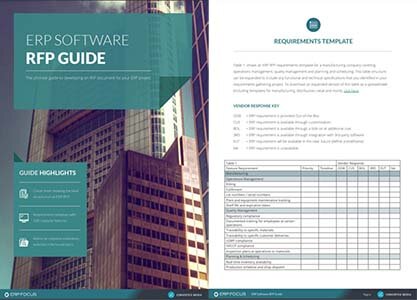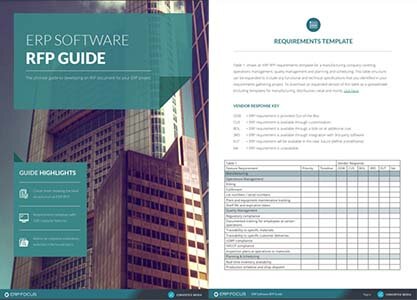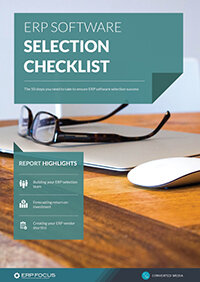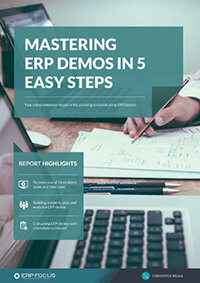Three things wrong with your ERP RFP
Operational requirements serve as a critical Bible when developing an ERP request for proposal (RFP). As the old Yogi Berra baseball saying goes; “If you don't know where you are going, you'll end up someplace else.” This principle is particularly relevant when dealing with ERP software
Consequently, folks who have never developed a substantive RFP often believe these documents need to encompass every possible detail. However, in many cases, less is more.
Here are three common mistakes in an ERP RFP and alternative approaches to avoid them.
1. Measure twice, cut once
The axiom above is crucial for ERP requirements. ERP RFPs are inherently complex and prone to intellectual overreach when expanding task elements in the plan’s outline.
Recommended reading: plan and write your ERP requirement document with our guide to creating the perfect ERP RFP.
ERP systems naturally attract detailed scrutiny, but often, common sense is more effective than exhaustive detail. This issue is compounded by the challenges posed by the system's complexity and the team's experience.
The key is to include only what's "useful" and no more than "necessary." Regularly reviewing and refining your ERP RFP outline before distribution can save considerable time and effort.
2. Primary, secondary, or tertiary; choose one
This tip builds on the first principle. When outlining different sections, ensure that only primary areas of investigation dominate. Secondary areas should only be included if they are critical to understanding the final requirement.
For instance, while the total number of database tables might be essential, detailing the number of characters in every record is not. Focus on the critical elements rather than overloading the document with unnecessary information.
3. Avoid fat while trimming for impact
This principle also ties into a common-sense approach. After drafting your ERP RFP, it may still feel "bloated" with requirements that are not compelling.
To resolve this, start by revisiting and confirming your core objectives. Ensure that every element in the document can be defended as essential. If any part of your plan cannot withstand scrutiny, it’s time to revise it.
Once this review is complete, remove any sections that don’t directly support your objectives. This process will ensure your RFP is streamlined, impactful, and ready for distribution.
Free white paper

ERP Software RFP Guide & Template
The comprehensive guide to developing an RFP document for your ERP project

Featured white papers
-

ERP Software Pricing Guide
Get the latest pricing information on over 80 popular ERP systems, and learn how to budget for your ERP project in our free guide
Download -

60-Step ERP Selection Checklist
Get the comprehensive checklist for your ERP selection project
Download -

ERP Demo Guide & Scorecard
Master your ERP demo with 5 easy steps using our free guide (includes demo scorecard)
Download
Related articles
-

The best ERP systems for process manufacturing
Consider these ERP systems when selecting your next process manufacturing ERP
-

Secret KPI: Why Your ERP Implementation Team Matters More Than Software
Learn how Godlan ensures successful ERP implementation for manufacturers with proven strategies &...
-

A complete ERP RFP template & guide (includes free template)
All you need to know construct a foolproof ERP RFP, including a customizable template

